

For centuries, a “luxury” object was one that was so expertly made, so rare, and consequently so pricey that only the few—the elite—had access to it and the resources to purchase it. Luxury was positioned as a societal norm for the wealthy while being merely an aspirational ideal for everyone else. High-tech fibres are currently giving classic luxury fabrics (like silk, cashmere, or Sea Island cotton) a run for their money.
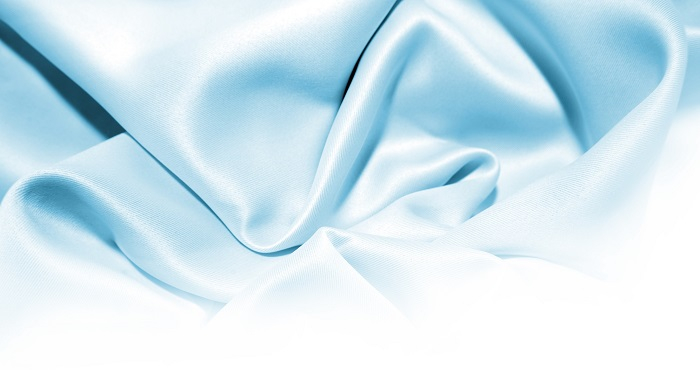
The majority of fabric products, such as cloth, are pricey, and this is not merely a result of the brand. Sometimes a garment’s pricey quality is influenced by the fibre used. These goods are made from more than just common fabrics. Certain producers produce the highest-quality fabrics from high-quality components. These fabrics stand out from other fabrics because they are created using the best and rarest materials.
The best and highest quality fabrics are used to create luxury fabrics. Designers use premium materials like silk, cashmere, pima cotton, and leather to make chic wardrobe necessities. They are made of contemporary, cutting-edge materials or natural fibers. These high-end fabrics blend artistry and workmanship to create a piece that feels as amazing as it looks. Luxurious textiles are even better because they endure through changing seasons in both fashion and life. These premium features, of course, cost more money.
It is well known in the fashion industry that the most luxury fabrics are made on intricate looms with meticulous monitoring and frequently a lot of handwork. The best illustrations are the opulent materials we see on the catwalks; haute couture fashion is characterised by distinctive fabrics used to produce eye-catching looks.
Due to their rarity and difficulty in production, luxury fabrics are more expensive.
Either top-tier, high-tech sources or natural materials are used to create luxury fabrics. Natural fabrics like silk and cashmere are exactly that: natural and of the highest quality. Because synthetic fibres are more widely available, it is less expensive and simpler to create goods using them. It costs money to purchase fabrics made from animals. To guarantee proper and moral treatment of animals, trustworthy and ethical brands charge a premium price. On the other hand, the emphasis on quality, care, and innovation distinguishes high-tech luxury fabrics from conventional synthetics. These fabrics are the result of many years of research into innovative approaches to age-old problems, such as developing cutting-edge substitutes for less environmentally friendly ones. They might also have alluring approaches to incorporating pricey design components, such as unique prints or delicate, sophisticated laser cuts. Luxury materials come from the top and are everything but ordinary.
The creation of premium fabrics is frequently difficult, just like the procurement of those fabrics. It takes a tremendous amount of time, effort, and energy to transform earthy fibres into luxurious textiles that you love to touch. Materials like leather or linen require skilled artisans rather than labourers who can work quickly on an assembly line. Some expensive materials require more time to refine into the finished product. The cost of the finished product increases as production costs rise.
With regard to luxury materials, you’ll see a trend: scarcity. They are uncommon to find and produce, which increases their exclusivity. Demand exceeds supply, whether as a result of high production costs or challenges locating the goods. Luxurious textiles often endure longer than substitutes. Because of their durability, these textiles and finished goods are required in smaller quantities.
The superior quality of luxury fabrics is ultimately the main factor in their higher price. Imagine the difference between ordering a drive-thru burger and dining at a five-star restaurant. Although you might enjoy both, the five-star option is incomparably higher quality. High-end apparel has better qualities than cheaper options, such as dreamlike softness or robust durability. These accessories are durable and comfortable to wear again and again.
Major luxury fabrics are
You undoubtedly wanted to curl up in its extraordinarily warm and soft arms when you heard the word cashmere. Everything is related to the source, which is goats. Goats used for cashmere have two layers of fur.
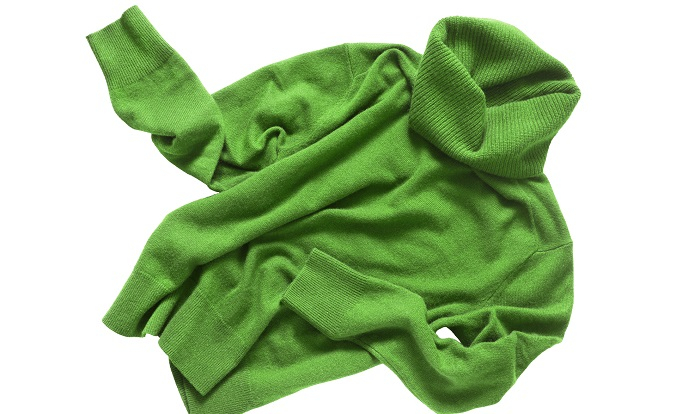
One is a delicate undercoat that is quite soft, and the other is a wiry outer layer.
Silk is often associated with elegance. Silk has long been the standard luxury fabric, favouring both royalty and haute couture designers. This fibre, which is derived from silkworm cocoons, has a unique, all-natural lustre.
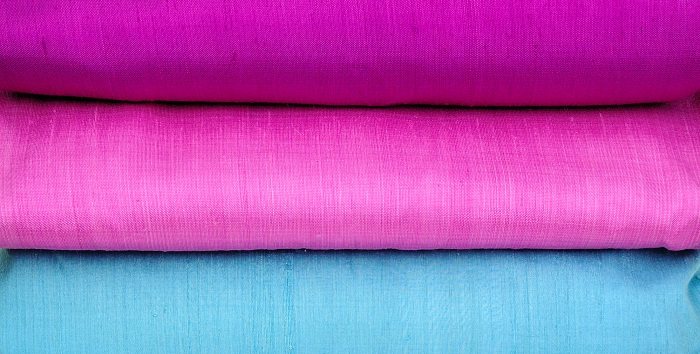
In the summer, it naturally feels cool on the skin because of its softness, while in the winter, it retains warmth.
It is the finest cotton known to man. The fibres from which it is made are long and silky, in contrast to cotton of a lower grade. Pima is therefore wrinkle-resistant and pleasant to the touch. Additionally, it has a 50% longer life expectancy than other varieties of cotton.
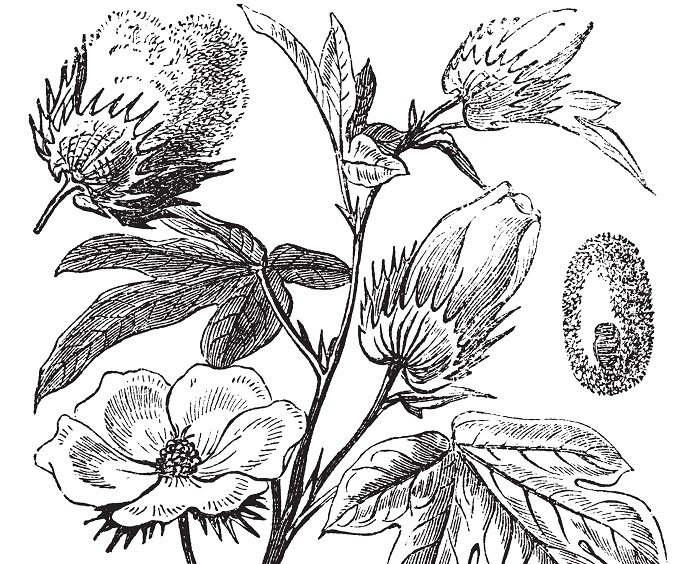
The world’s priciest cloth is this one. It is 10% lighter and 10% softer and finer than cashmere, and it is highly insulating. The vicua has tiny scales, which make the fibres exceptionally light and airy. These scales make it easy for the threads to interlock and trap heat.
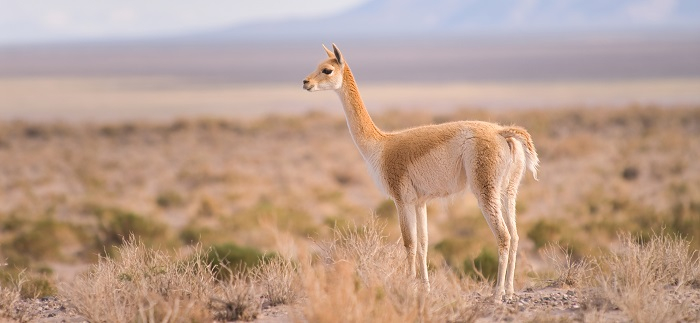
For its durability, breathability, and suppleness, linen is highly valued. Linen is a go-to for survival and style in humid conditions in Central America and the desert regions of the Middle East.
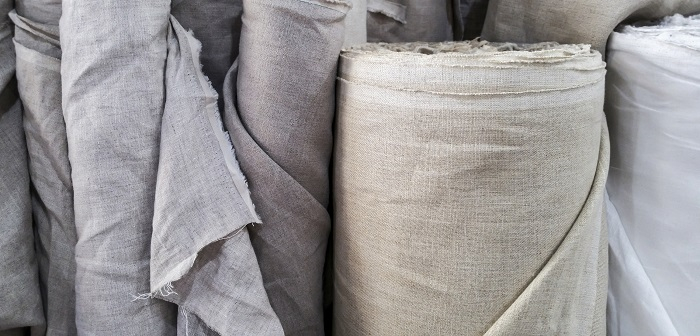
Leather demonstrates that there is glamour in roughness, in contrast to the delicate, feminine elegance that many high-end textiles evoke. Durability is one quality that makes leather the appropriate material for footwear, outerwear, and luggage. It doesn't rip, holds dye well, and a final layer may withstand wear and tear for years, unlike many other fabrics.
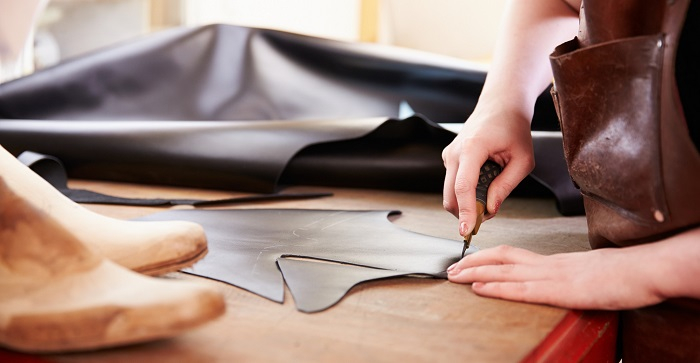
The highest quality is still important when buying luxury fabrics, but today one also needs to know why it’s the best and be sure that whatever they’re buying is ethical, or at the very least won’t affect their quality of life adversely. The term “luxury” once applied to any fabric made from rare fibres like silk, cashmere, or Egyptian cotton. Today, design nuance is more important than real composition. The luxury sector includes textiles with embellishments like embroidered lace, sequins, fringe, appliqued wool, laser-cut silk, or cotton. Another option is to use highly engineered materials, which come in a range of styles and raise the performance of cloth as a whole to a whole new level. A lot of them work well for high-fashion outfits.